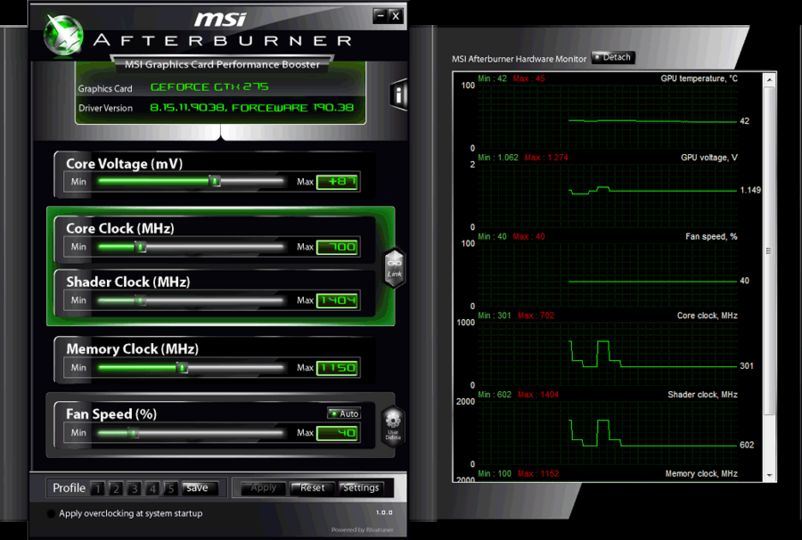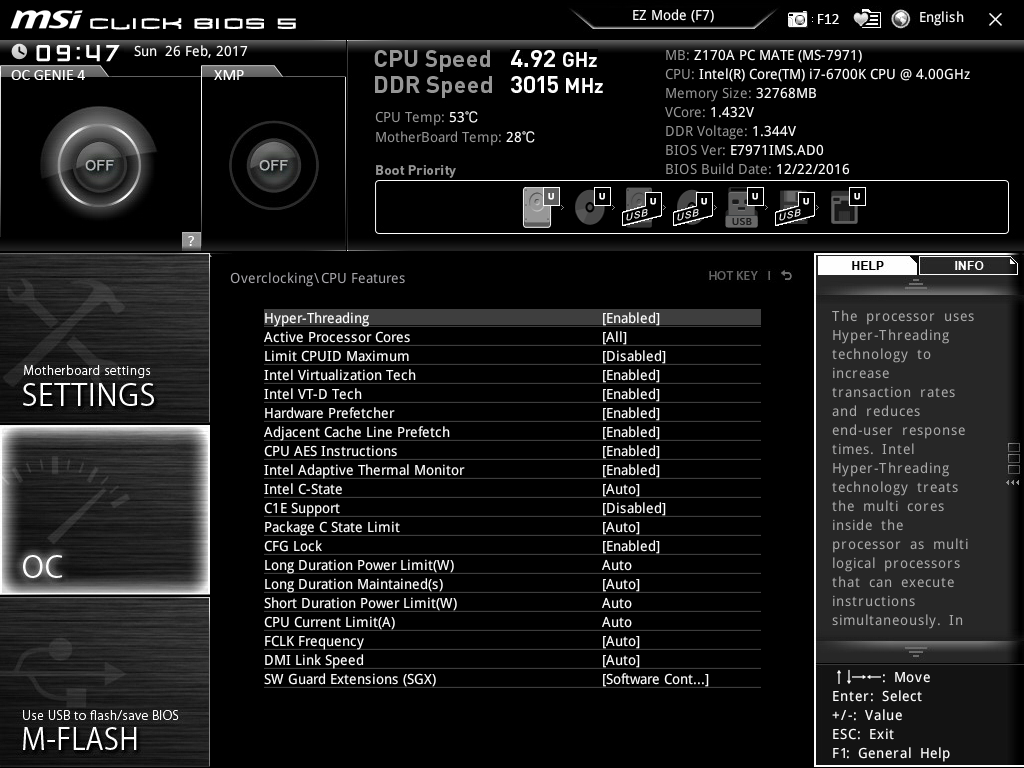


You don’t want to push the temperature beyond 80 to 90 degrees for many graphics cards.

Overclocking heats up the card, so you have to consider ways to lower the temperature as you work on it. Maintaining a too-high temperature for too long can damage the card. It can also make the card, computer, or program shut down. When a GPU gets too hot, you might notice instabilities in the program you’re using. The temperature of your card can go pretty high, but there’s a limit to how much it can handle. There are a few things it may be helpful to know before you start trying to overclock your GPU. Overclocking a GPU increases the clock speed, which usually requires a bump in the voltage. It can both overclock and underclock your GPU. MSI Afterburner is a free program that works with cards from many manufacturers – not just MSI-branded cards. Each of these makes a difference when you’re ready to overclock. With it, you can create fan curves, change the fan speed, adjust the voltage, and increase or decrease the card’s clock speed. MSI Afterburner is a program designed to help you manage your GPU and change it once it’s installed in your computer. Pushing your GPU too hard could lead to unstable performance or even damage the card. Be warned: it’s still a delicate process even with software like MSI Afterburner that makes it easier to overclock and manage your GPU.


 0 kommentar(er)
0 kommentar(er)
